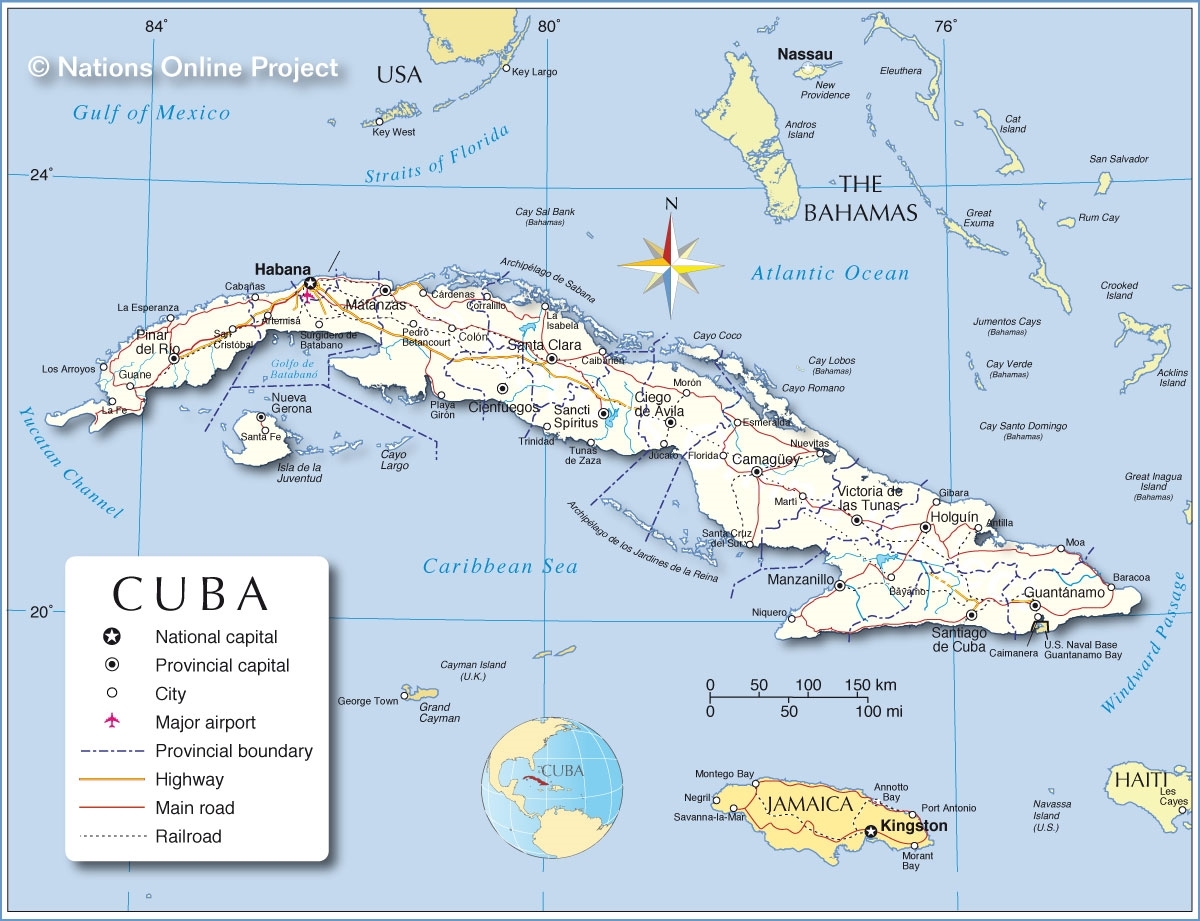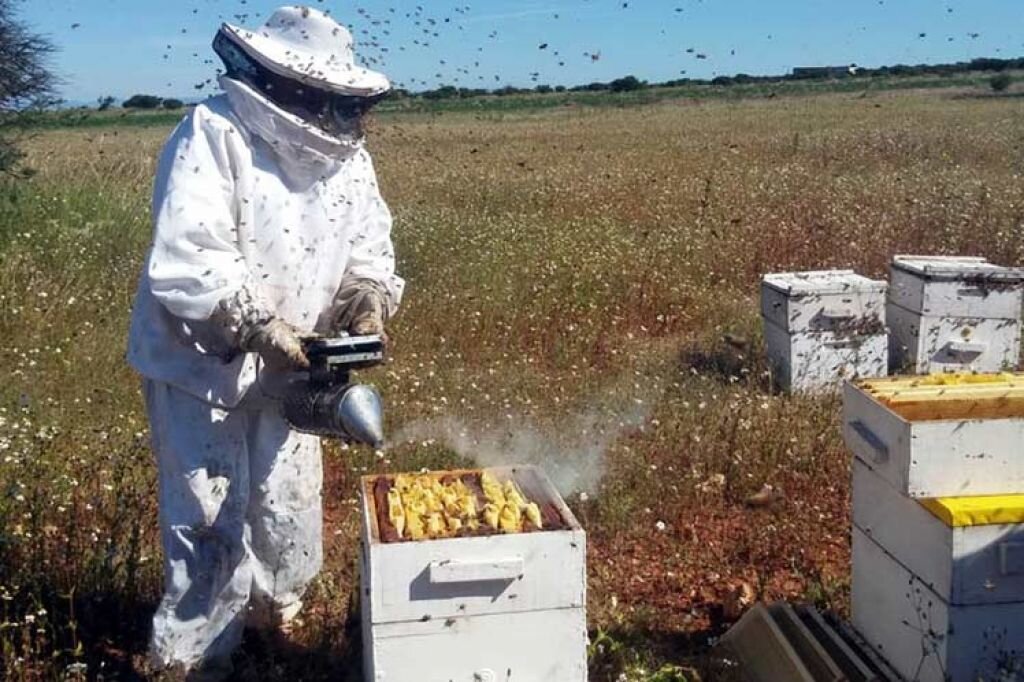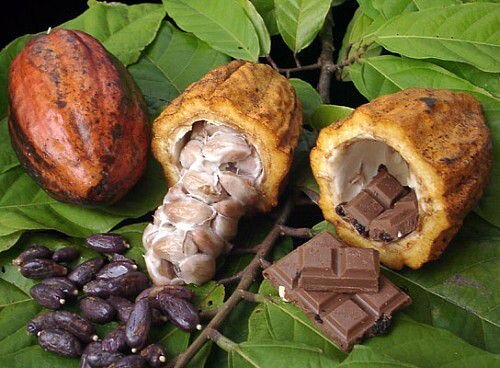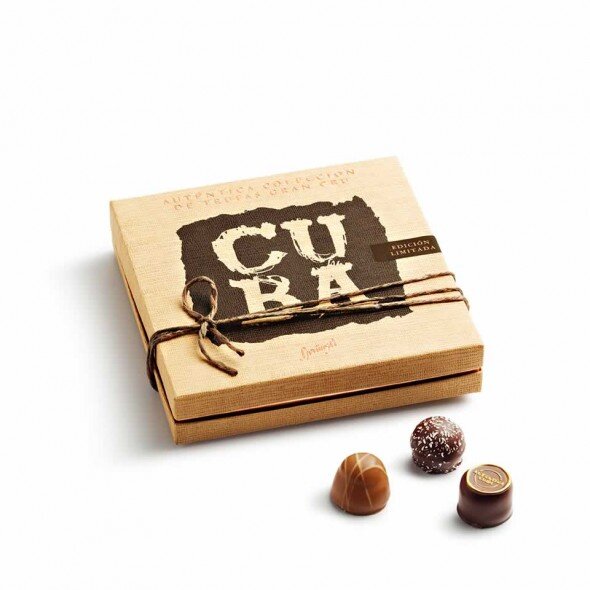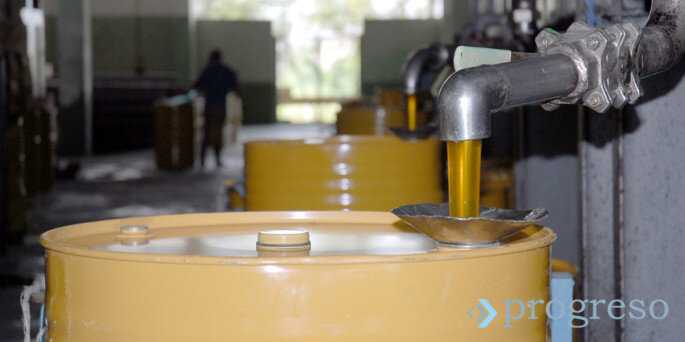Might Cubaexport In 2020 Permit “Independent Entrepreneurs” To Export Coffee Beans, Cocoa and Honey To The United States?
/On 17 August 2016, New York, New York-based Nespresso USA, Inc., a subsidiary of Vevey, Switzerland-based Nestle S.A. (2018 revenues US$92 billion) commenced sale of Cafecito de Cuba capsules throughout the United States and other countries.
The opportunity resulted from a decision published on 22 April 2016 by the Obama Administration to expand the variety of products produced by “independent Cuban entrepreneurs” for commercial use authorized to be directly and indirectly exported from the Republic of Cuba to the United States. The first products authorized were textiles, coffee and charcoal. The first agricultural commodity was coffee and the second was charcoal.
Despite repeated entreaties from United States-based importers small, medium and large, the government of the Republic of Cuba has thus far resisted permitting coffee beans, cocoa and honey to be directly exported to the United States, although processed coffee beans have been permitted to be indirectly imported through Switzerland to the United States.
There are again anticipated efforts in 2020 for United States-based importers to work with Republic of Cuba government-operated Cubaexport to identify source-compliant commodities, specifically coffee, cocoa and honey, for direct and indirect import to the United States.
The State Department's Section 515.582 List
Bureau of Economic and Business Affairs
Goods and Services Eligible for Importation
“In accordance with the policy changes announced by the President on December 17, 2014, to further engage and empower the Cuban people, Section 515.582 of the Cuban Assets Control Regulations (31 CFR Part 515 – the CACR) authorizes the importation into the United States of certain goods and services produced by independent Cuban entrepreneurs as determined by the State Department as set forth on the Section 515.582. The goods whose import is authorized by Section 515.582 are goods produced by independent Cuban entrepreneurs, as demonstrated by documentary evidence, that are imported into the United States, except for goods specified in the following sections/chapters of the Harmonized Tariff Schedule of the United States (HTS).”
Cuba Cocoa Production (Government 3 December 2019):
2020- 1,800 metric tons (projected)
2019- 1,700 metric tons
2018- Not Reported
2017- 230 metric tons
2016- 2,200 metric tons
Cuba Cocoa Production (Rome, Italy-based Food And Agriculture Organization 29 December 2019):
2019- Not Reported
2018- Not Reported
2017- 231 metric tons
2016- 2,058 metric tons
2015- 1,500 metric tons
2014- 2,188 metric tons
2013- 1,425 metric tons
Production is geographically focused in Baracoa, Guantanamo (approximately 90% of production), Santiago de Cuba, Granma and Holguin. Development has also initiated in Sancti Spiritus and Pinar del Rio. The most suitable conditions are found in the eastern provinces, into the main mountain range of Cuba Nipe-Sagua-Baracoa, the eastern extreme of the country.
From Zurich, Switzerland-based Barry Callebaut AG (2018 revenues exceeded US$8 billion): https://www.cacao-barry.com/en-OC/chocolate-couverture-cocoa/chd-q70cub/cuba
Link To PDF From Barry Callebaut About Cuba Chocolate
Problems continue with coffee supply in Cuba
NOTE: Government of Cuba reported 2019/2020 coffee crop projected 1,400 metric tons
Miami, Florida, Dec 3 (OnCuba) The delays in the distribution of coffee in Cuba will continue during the month of December due to this industry’s continuous production problems inherited from the past on the island, the Cubadebate digital site reported this Sunday.
Francisco Silva, general director of merchandise sales of the Ministry of Domestic Trade (MINCIN), said that the delays in the arrival of the packaging used for the marketing of that product caused the delays. In November there were also delays in the delivery of coffee to the wholesale markets, which led to its distribution in the last week of the month. Francisco Silva, general director of merchandise sales of the Ministry of Domestic Trade (MINCIN), said that the Delays in the arrival of the packaging used for the marketing of that product caused the delays.
Usually that product of the rationed family food basket, which is sold through the ration book in Cuban grocery stores, is sold at the beginning of each month. According to Silva, production is expected to be completed on December 5, so the effects will be resolved more quickly than last month. The official explained that the supply recovery process will be “gradual.” In addition, he said that the coffee in the rationed family food basket will have priority with respect to that destined for social consumption, in coffee shops and other establishments dedicated to its commerce.
Silva regretted that in some provinces alternatives were sought through the use of other types of packaging, but production achieved “much less yield.” He clarified that they have already restarted the production of coffee that is sold in chain stores in foreign exchange. This also is experiencing problems of shortage. The MINCIN official considered that, based on the information received from the industry, a more favorable situation is expected in January in the supply of that product, one of the most demanded in the Cuban market.
Cuban company increases its honey exports
Sancti Spiritus, Cuba, Dec 27 (Prensa Latina) The honey processing plant in the Cuban province of Sancti Spiritus will contribute this year about 30 percent of the national production exported to the international market, reported a company executive.
Alberto Bravo, director of the enterprise, one of the most modern in Cuba, told reporters that it will close 2019 with nearly 3,000 tons of processed honey, out of some 8,000 tons achieved in the country. Currently, most of the exportable product is packaged in 210-liter (55-gallon) tanks. He explained that in order to expand sales, a line of 'mini-dosis' portions (19 grams) with packaging of Spanish origin was launched, with a maximum production capacity of around 5,000 units per day.
To comply with the country's strategy to expand and achieve a better presence of exportable items, Bravo added, a new line will be launched next year to package the honey in more attractive and commercial formats. This will allow the presentation of the products in a variety of containers for the foreign market and expand the offers to the tourism sector and local stores. Honey and its derivatives are currently one of the most important exportable items of the Ministry of Agriculture's Agroforestry Business Group, providing annual revenues of about 20 million dollars. October 2019- The governmental Cuban honey company (Apicuba) reported that the 2019 domestic crop is expected to reach around 10,000 tonnes, 13.2% more than last year.
Cuba sees record honey production levels
Matanzas, Cuba, Nov 5 (Prensa Latina) The Apiculture Basic Enterprise Unit (UEB) of the western province of Matanzas broke its annual honey production record, by accumulating 1,668 tons of the precious product, it was reported here. Beekeepers of the territory thus exceeded the 1,604 tons of the previous record set in 2016, detailed Rubén Jesús Lugo, head of production at the UEB, speaking to the local radio station Radio 26.
These results are due, Lugo noted, to the excellent climatic conditions of the year, which have favored the essential flowering plants for the production of the exquisite nectar. He highlighted that technical and scientific attention to producers had been prioritized, taking advantage of transhumance to change queen bees and in this way ensure the greater health and strength of beehives. According to statistical data, Matanzas beekeepers also excel in the production of propolis and beeswax, and in the rearing of queen bees, surpassing annual plans.
Specialists and technicians recalled that the UEB suffered the loss of half of its beehives last year, due to the effects of Subtropical Storm Alberto. Honey has been used for thousands of years throughout the world, either as a foodstuff, or as medicine. Highlighted are its vitamin content, it antioxidants, and therapeutic, antimicrobial and antiseptic characteristics. Honey can help to heal and prevent infections in wounds and superficial burns, and is also used in cosmetics.
Cuba seeks to increase exports of non-conventional agricultural products
HAVANA, July 7 (Xinhua) -- Cuba seeks to increase exports of non-conventional agricultural products like honey, charcoal, coffee and pine resin to various markets around the world and contribute to the government's strategy of diversification of foreign markets.
Mercedes de la Cruz, acting director of marketing at GAF, said that the main market for Cuban honey is Europe, with Germany in the highest demand. The group is also exploring markets in other countries, such as Canada, Costa Rica, Colombia and China. "The goal is to increase the added value of our products by producing smaller and more varied formats that sell for a higher price. In the case of honey, the price is above 4,000 dollars per ton," De la Cruz said.
Cuba currently exports its honey in large formats to various markets in Europe. Lazaro Garcia, director of honey producer Apicuba, explained that each year Cuba produces about 8,000 tons of honey, of which around 95 percent is destined for exports. The producer's intention, according to Garcia, is to have a total of 220,000 hives, increasing production in the near future to 15,000 tons of honey annually. If current prices are maintained, the honey production could generate 61 million dollars.
Another promising product of the group is charcoal, with exports of more than 28,000 tons, mostly sent to Europe, particularly Turkey, Greece, Spain and Italy. De la Cruz said that currently seven state companies are producing charcoal, which is expected to reach 130,000 tons for export this year. These favorable results came from the diversification of charcoal production from highly valued hardwoods and African marabou which is abundant in Cuba.
Increasing coffee production on the island is another objective of the agricultural group, which is expected to grow substantially. According to Forteza, the group is collaborating with Vietnam to develop high-quality coffee after last year's all-time low production rate because of storms. "We want to develop our own high-quality Arabica coffee in Vietnam and their robust coffee here in Cuba. This project is focused on the eastern provinces of Granma and Santiago in Cuba and we plan to extend it to other areas," he said. Despite the industry's setbacks, significant steps have been taken, such as the introduction of ecological coffee bean pulpers. "We also improved the technology in the two plants we have in Guantanamo and Santiago in Cuba, which has raised the quality of our strongest product," Forteza said. Currently Japan is the main market for Cuban Arabica coffee, purchasing the product for around 10,000 dollars per ton.
Cuba is also engaged in diversifying and expanding production of other items like pine resin, cocoa, coconut and henequen plant fibers to bring in foreign currency and replace imports.
LINK To Previous Posts:
https://www.cubatrade.org/blog/2018/9/28/honey-from-cuba-could-be-imported-to-the-us-thus-far-cuba-says-no?rq=honey
https://www.cubatrade.org/blog/2016/6/20/nespresso-to-indirectly-import-coffee-from-cuba-to-usa?rq=coffee
https://www.cubatrade.org/blog/2017/9/17/lavazza-from-italy-nespresso-from-switzerland-vie-for-cubas-coffee-productionexports?rq=nespresso
https://www.cubatrade.org/blog/2018/6/20/97q82rfwiq1pb8a7ycv7p6gpkttwab?rq=nespresso
